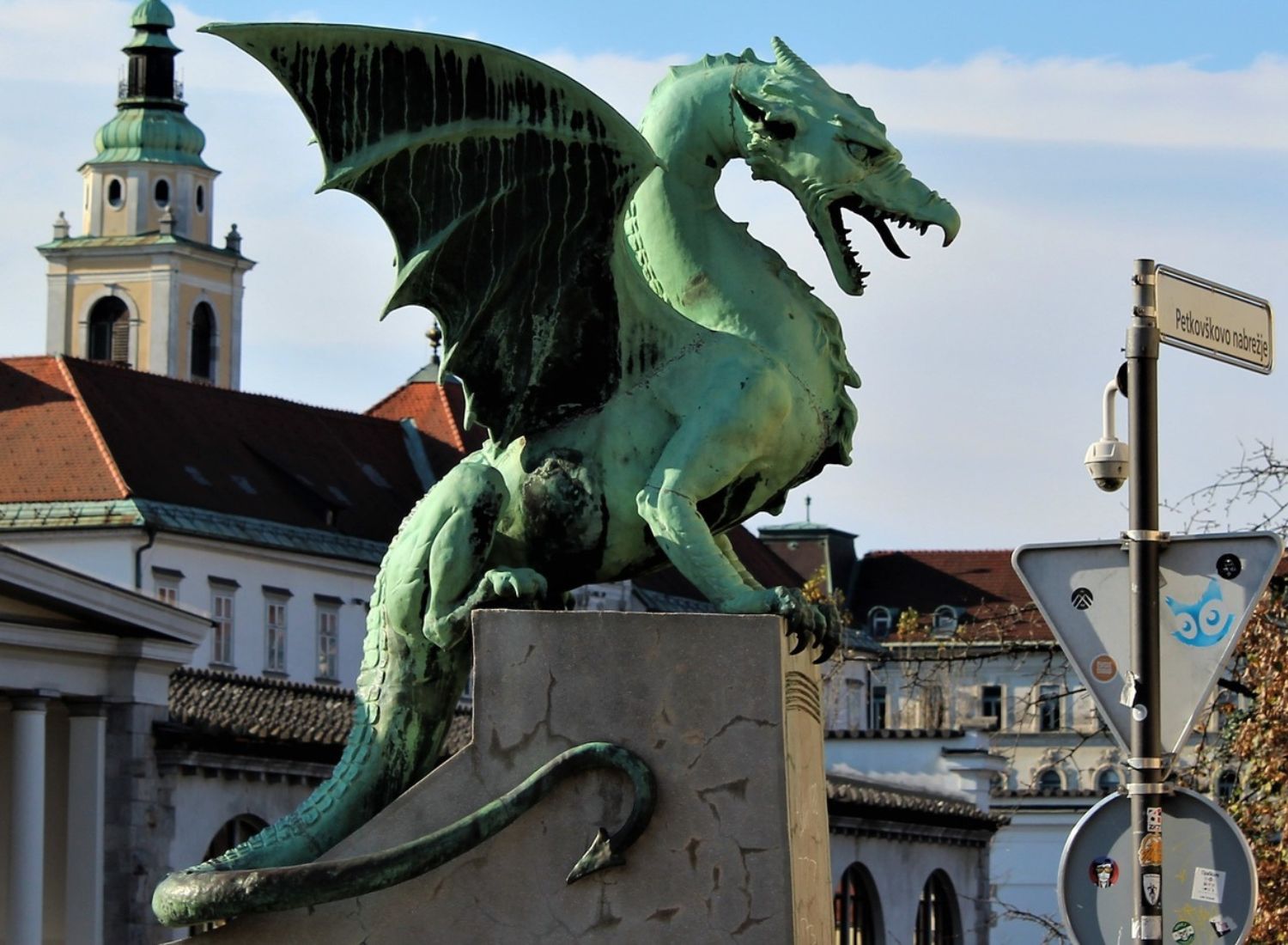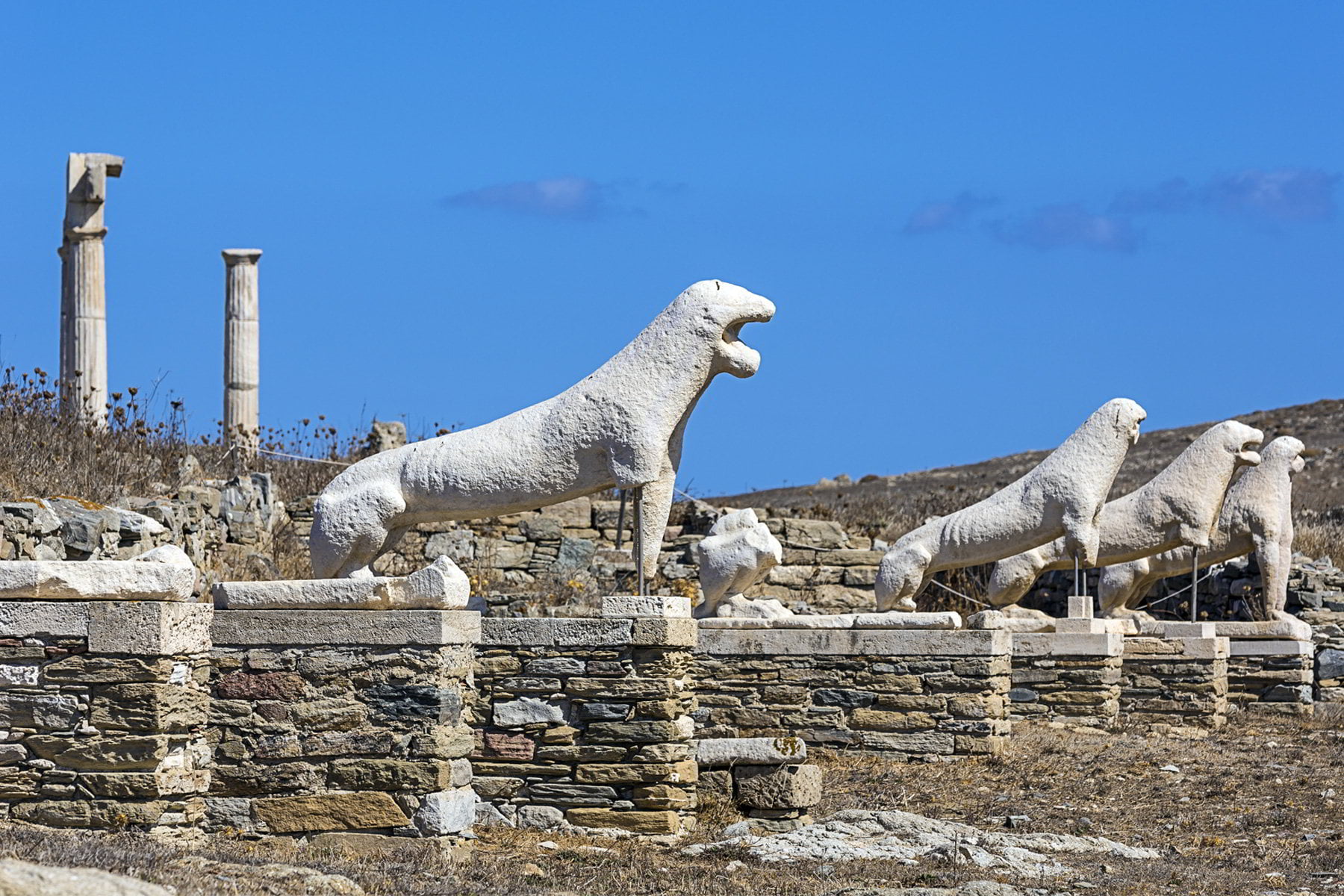Dragons around the World: From Terrifying Beasts to Wise and God-Like Beings

All cultures from around the world created their own mythologies and religions to make sense of the parts of the world that they couldn’t fully explain or comprehend and to pass down important lessons. In each civilization, there would be tales of heroes of local heritage taking on the scariest parts of life. This would often lead to the invention of great chimerical beasts derived from the most dangerous creatures in the area.
Reptiles and amphibians have long sent shivers down the spines of humans, from poisonous frogs to monstrous crocodiles, with most parts of the world having some kind of aggressive creature from this category. So, it doesn’t come as a surprise that so many cultures created some form of a dragon. In West Africa, there’s the swamp-loving Ninki Nanka, Scandinavian tales told of a Fáfnir the hoarder, and then there’s the moon-eating Bakunawa of the Philippines.
Dragons are one of the most widespread mythical creatures in the world, with each culture having embedded a different aesthetic and even character to these sometimes-winged beasts. Some revere the dragon and wear jewelry like coils to resemble dragons, while others see them as the mightiest of animals to be conquered by the mightiest of men. Here’s a look at the many different, and yet similar, ways that humans know of the dragon.
Are dragons more serpentine or crocodilian in appearance?

If you focus on dragons from eastern lore, myths, and folktales, you’d say that dragons are mostly serpentine. The famous image of the Chinese Dragon has a long, snake-like body, often with some small limbs – if any – a long snot akin to an alligator, but also often the mane of a lion. They’d invariably be able to fly, be they water or thunder dragon, but rarely had wings.
In the nearby country of Bhutan, the serpentine dragon remains incredibly prominent. The Druk is the thunder dragon of Drukpa lineage (originally of Tibet) mythology and is the centerpiece of the nation’s novel flag. Whenever you hear thunder in Bhutan, they say it’s the cloud voice of the dragon. Japanese dragons, Vietnamese dragons, and the Naga of Buddhist and Hindu beliefs all adhere to this serpentine aesthetic.
Their myths of dragons spread far and wide, but in Western Europe, another form of dragon was being “spotted.” Perhaps fuelled by the gigantic bones found of dinosaurs, dragons in this part of the world would often have a denser, more muscular torso, a shorter neck, and heftier limbs. They’d need to be depicted as these giant, terrifying monsters to fit their depiction as being able to breathe fire and hoard riches.
Are dragons greedy hoarders or feral beasts?
Dragons have been known to be greedy hoarders intent on keeping riches away from humans. In Norse mythology, Fáfnir was a massive dragon born from tremendous greed and, of course, patricide. The tale often pertains to not daring to be as greedy as the dragon itself, lest you wish to suffer its fiery wrath. It’s Fáfnir’s tale that inspired the famed modern dragon, Smaug.
The mightiest fire-breathing dragon of the Third Age of Middle-earth, Smaug played a key role in The Hobbit. Given that J.R.R. Tolkien set out to create a mythology of England, it would make sense for him to include a dragon. Now, the image of a hoarding dragon is part of the iconic creature for many, proving to be the inspiration for other creations like Dragon’s Cache which is set in the halls of treasure kept by the dragon. Online casino players must spin to try and get as much of its riches as possible.
In Southern Europe, dragons were more commonly seen as feral beasts put forth to challenge the mightiest of heroes and gods. In ancient Greek myths, Typhon, Python, Typhon’s son Ladon, and the Hydra were all monstrous creatures in need of being destroyed. Norse mythology also featured this kind of wild and bestial dragon in the form of Níðhöggr, which would eat away at Yggdrasil’s roots.
Can dragons be good or intelligent?

While many dragons were revered in eastern mythologies, even those said to befriend talented people would also be shown as arrogant and egotistical. One of the more good or friendly dragons proved to be Quetzalcoatl of Mesoamerican myths. Not only did this distinctly serpentine dragon bring fire and rain, and protect crafters, but he also – quite weirdly – wasn’t a fan of human sacrifice.
More modern renditions show dragons as magical beings, able to communicate with humans. Those written by George R.R. Martin in his A Song of Ice and Fire are very intelligent but still creatures of the world. In The Elder Scrolls series, particularly Skyrim, dragons are absurdly clever and can serve purposes that would bring good to humanity.
Dragons have, and always will be, depicted and described differently depending on what part of the world you’re in, with the key feature running through being that they are very powerful creatures.



